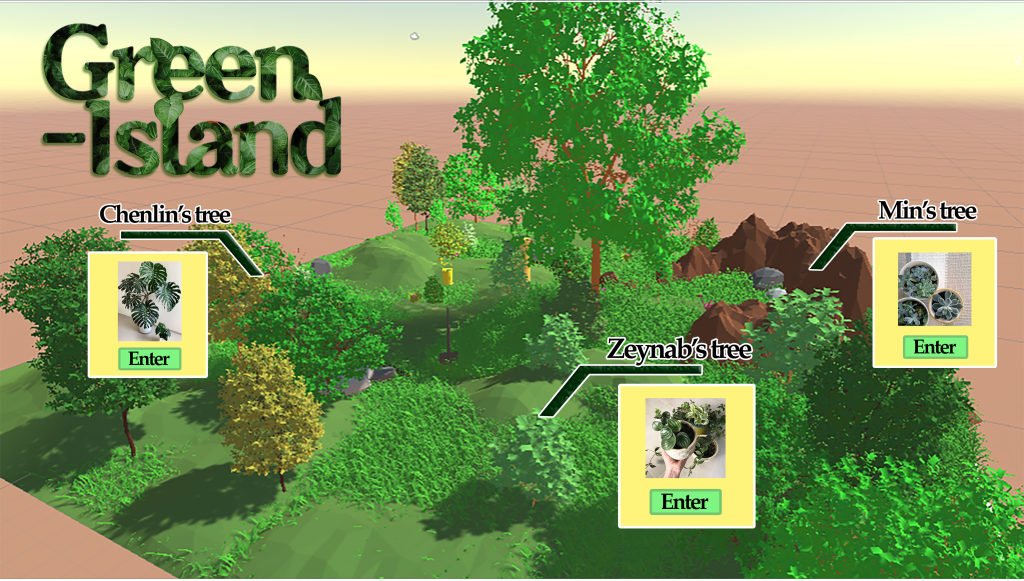
Bowen Xi, Chenlin Liu, Shengyao Wu, So-Hyen Min, Zeynab Mahdi, Xiaoya Wang, Yige Su
https://greenisland3700.wixsite.com/my-site
Forests are one of the most valuable resources we have on Earth. Forests provide us with clean air and water, wildlife habitats and a major defense against climate change. Despite the benefits by forests, we still cut trees and destroy forests for urbanization and expanding agriculture such as palm oil and beef. Forests of the size of football fields disappear every 1.2 seconds and this leads to destroying 80,000 acres of forests every day. By the year 2030, Earth may only have 10% of forests left. If we don’t stop deforestation, forests would be gone in 100 years.
In order to build a sustainable future for all, there are a lot of planting projects around the world. However, many planting and reforestation projects are on pause because of the covid pandemic. It’s hard to meet people and build communities while social distancing. Plus, companies which donate for good causes are a critical economic situation because of Covid-19. This leads them to cut the budget for good causes such as tree planting. In order to overcome these difficulties, Team Blue came up with “Green Island.”
Green Island is an interactive website with an Embedded 3D virtual forest that is designed to help create a sense of community with people who share the same environmental concerns. In the virtual forest, Participants will be able to see each other’s plants in the virtual garden. This will bring a sense of community by eliminating feelings of loneliness, and motivate users to grow their plant. Participants will engage in this project because they know they are part of the community which is a feeling of a sense of belonging.
Our Green Island, virtual garden, will give users a chance to get closer to nature, get a sense of belonging as environmentalists and learn our environmental issues in an easy and fun way
This is from the 2020-2021 course:
DATT 3700 Collaborative Project Development
More than ever, society is looking to the social sciences and humanities to help understand and mitigate global challenges in the face of change. The Social Sciences and Humanities Research Council of Canada (SSHRC) created an initiative entitled Imagining Canada’s Future, which challenges Canada’s social scientists and humanities researchers to address emerging economic, societal and knowledge needs in order to help guide decision-making across all sectors towards a better future. In response to one of two selected probes, students will create artworks that will raise awareness to their selected theme.
The themes for this course will be:
1) Environment: Living Within Earth’s Carrying Capacity
Humankind is putting an unsustainable strain on the Earth’s capacity to support life. We are at, or near, the tipping point for several ecosystem services. Fundamental changes in our economic and political systems and our way of life may be needed over the next two or three generations if humans are to live within the carrying capacity of the planet.
2) The Pervasive Contamination of the ‘Natural’
Everything is contaminated. What is safe? Trash is obvious, but microplastic contamination of marine fish stocks is not, nor is the chemical contamination of groundwater resulting from our modern reliance on pharmaceuticals. We will be challenged to thrive in a world where contamination is pervasive at all scales and in all environments.
Students were challenged to reflect on and consider the bigger problems contributing to the above issues by following a problem analysis methodology, and then create an artwork that addresses the identified problem. The created artworks may incite awareness in their viewer, speculate about possible futures (dystopic/utopic), or provide solutions.
Return to the Digital Media END OF YEAR EXHIBITION 2020 • 2021